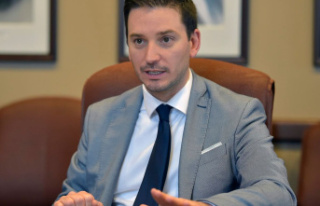Some 25,000 high school students in Quebec will have access to new training allowing them to administer naloxone in the event of an opioid overdose.
This new training offered by the ACT Foundation for advanced coronary emergency care will be added to the cardiopulmonary resuscitation (CPR) and automated external defibrillation (AED) program already offered in high schools.
“Enhancing ACT’s high school CPR and AED program with opioid awareness and response training is the next step in empowering youth to respond to life-threatening emergencies. This new program will allow teachers to teach hundreds of thousands of students how to respond to an opioid emergency,” said ACT Foundation Executive Director Sandra Clarke.
Thus, in nearly 140 schools in Quebec, third-grade students will be able to learn how to recognize an opioid overdose, as well as the recommended intervention, namely the administration of nasal naloxone.
More than 400 teachers in la belle province are already able to offer this training to their students on a voluntary basis, free of charge. According to the ACT Foundation, nearly 25,000 students could receive the training in the next year.
“[This new training] allows teachers to complement the lifesaving tools available to students by adding training in opioid overdose response. Knowing how to recognize a suspected opioid overdose, and knowing how to respond to it, can help save lives,” said Dr. Michael Austin, National Medical Director of ACT.
The opioid crisis, largely fueled by the voluntary or involuntary consumption of fentanyl, caused nearly 27,000 deaths in Canada between January 2016 and September 2021, according to the most recent data compiled by the Public Health Agency of Canada. .













